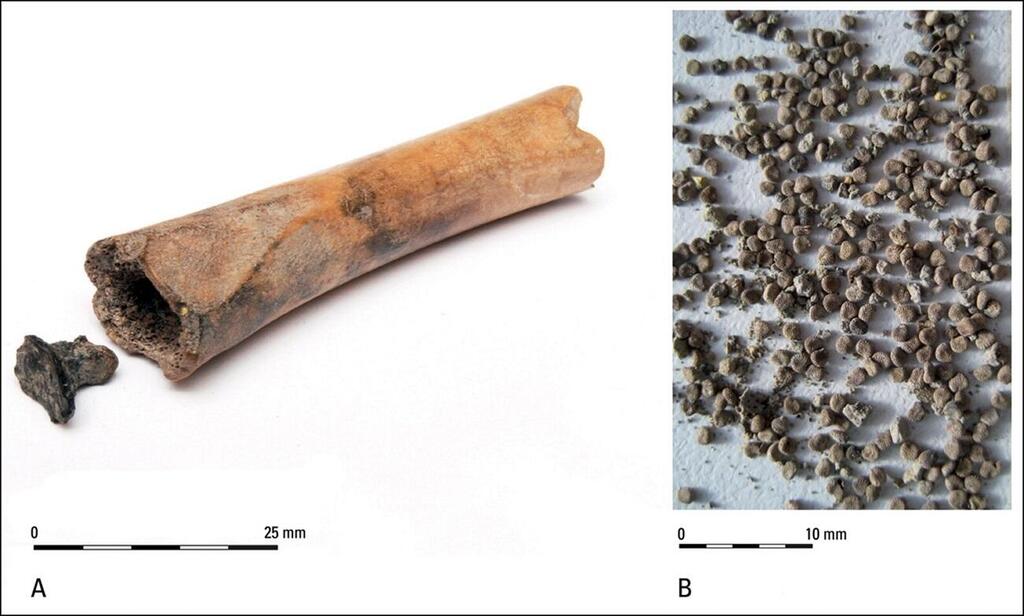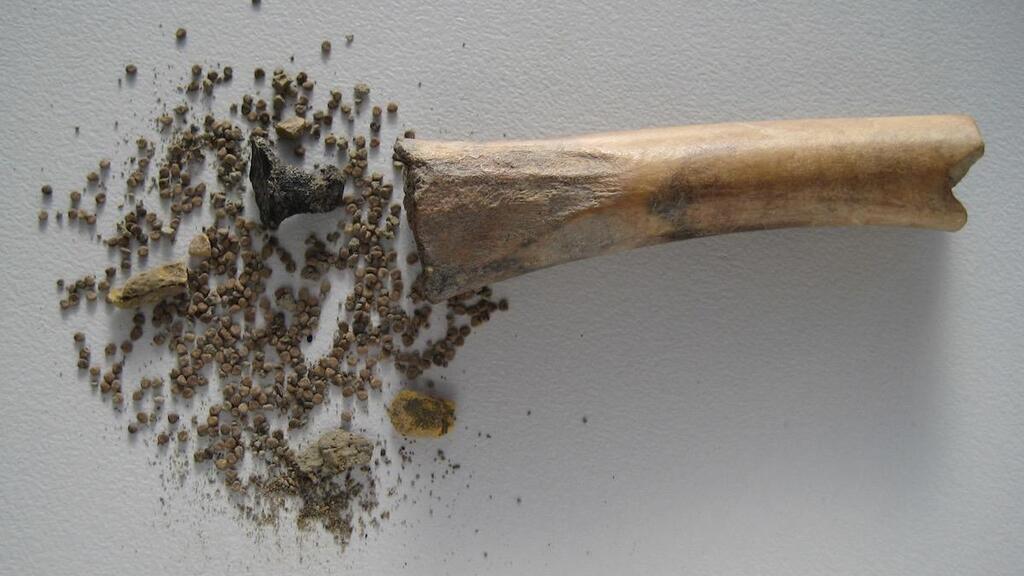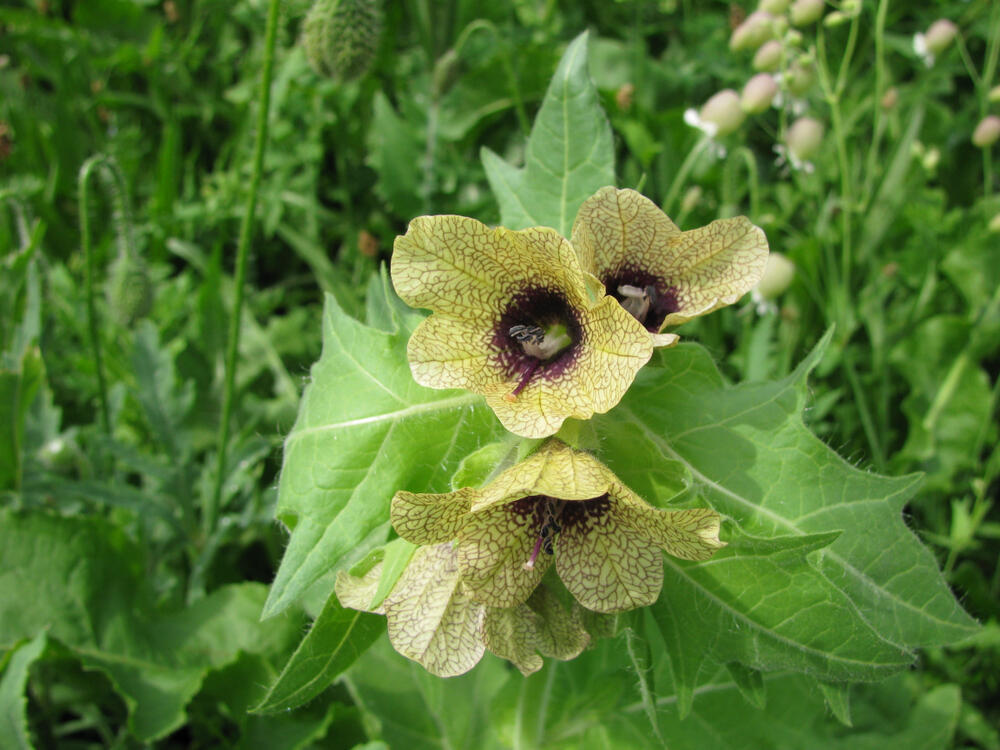Black henbane (Hyoscyamus niger) has long been known for its potential medicinal properties. However, the deliberate use of this plant during the Roman period has remained an unsolved mystery.
More stories:
Now, a team of archaeologists, led by archaeozoologist Dr. Maaike Groot from the Free University of Berlin, has provided the first solid evidence that the Romans collected and used the poisonous seeds of the plant from the Solanaceae family of flowering plants.
The researchers analyzed seeds found within a hollow bone measuring 7.2 cm long, which was discovered at Houten-Castellum, a rural settlement that flourished from about 2,600 years ago until the end of the second century CE, near what is today’s Utrecht in the Netherlands.
The researchers compared the 382 seeds found to other cases in history where the poisonous plant was used, as various types of henbane contain alkaloids known for their consciousness-altering and potentially harmful effects on the human body.
Historical, botanical, medical, and forensic literature mention poisonings from henbane, whether as a result of careless medical use (overdose) or deliberate poisoning. Black henbane was among the known poisons used in Renaissance Italy.
In addition, the study’s findings published in the Antiquity journal, aligned with writings of classical authors like Gaius Plinius Secundus (known as Pliny the Elder), who detailed the medical uses of the plant as a remedy for various ailments, including pain relief, reducing fever, alleviating coughs, and inducing sedation, in his encyclopedia of natural history (Historia Naturalis) from 77 CE spanning 37 volumes.
3 View gallery


The hollow bone container with black henbane seeds
(Photo: Antiquity (2024). DOI: 10.15184/aqy.2024.5)
"Our findings indicate that Roman medical practices also extended to rural communities on the periphery of the empire that existed in the Mediterranean basin from the time of Augustus until its fall in 476 CE," explained Groot.
Previous studies suggested that the bone may have originally served as a pipe for smoking seeds of black henbane, as the seeds of this plant are known (like those of various henbane species) to contain compounds (particularly hyoscyamine, scopolamine, and atropine) that can cause hallucinations and even death.
However, Groot and her colleagues dismissed the possibility that these seeds were burned, as they found no evidence to support it. In the event that hundreds of seeds stored within the hollow bone were burned, the outcome could have been deadly, indicating that it was likely a sort of container designed to store the seeds, capable of holding up to 4,000 seeds of black henbane, the researchers explained.
"Since black henbane can grow naturally in and around settlements, its seeds can end up in archaeological sites simply by chance. This makes it difficult to prove if it was used intentionally by humans, whether medicinally or recreationally," according to Groot.
"The fact black henbane seeds were found inside the hollow bone, which was sealed with a plug made from the bark of a black poplar tree, indicates that the seeds were stored there intentionally, and weren’t used for smoking," Groot said.
Only four additional mentions of the use of black henbane indicating intentional use have been documented in Northwestern Europe so far. Only one of them, from medieval Denmark, was found in a storage vessel.
The seeds examined by Groot and her colleagues in their study represent the first example where black henbane seeds were found in a storage vessel from the Roman period.
Therefore, the research's contribution is significantly important for enriching the discussion regarding the differentiation between wild plants and cultivated plants in archaeological contexts.



